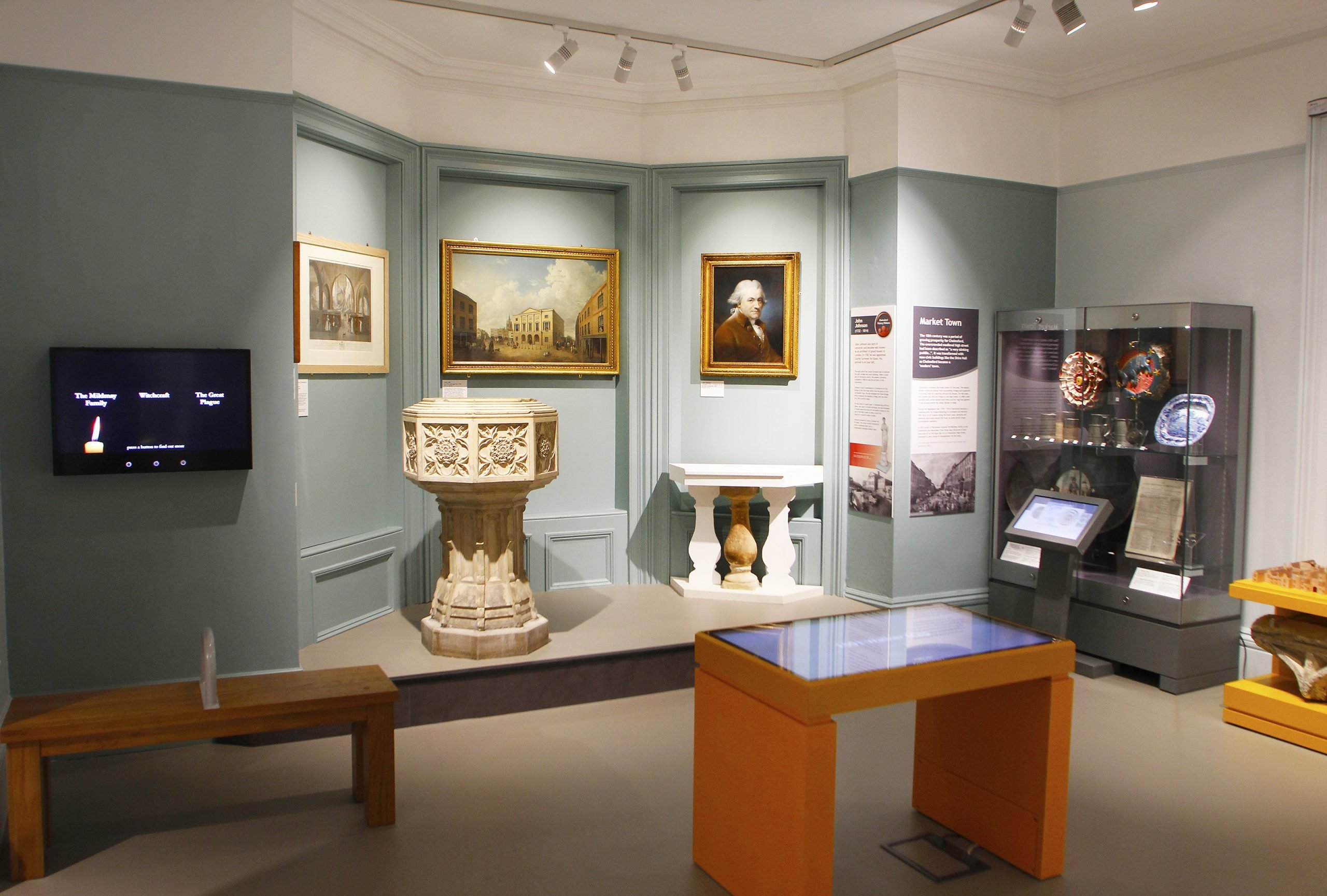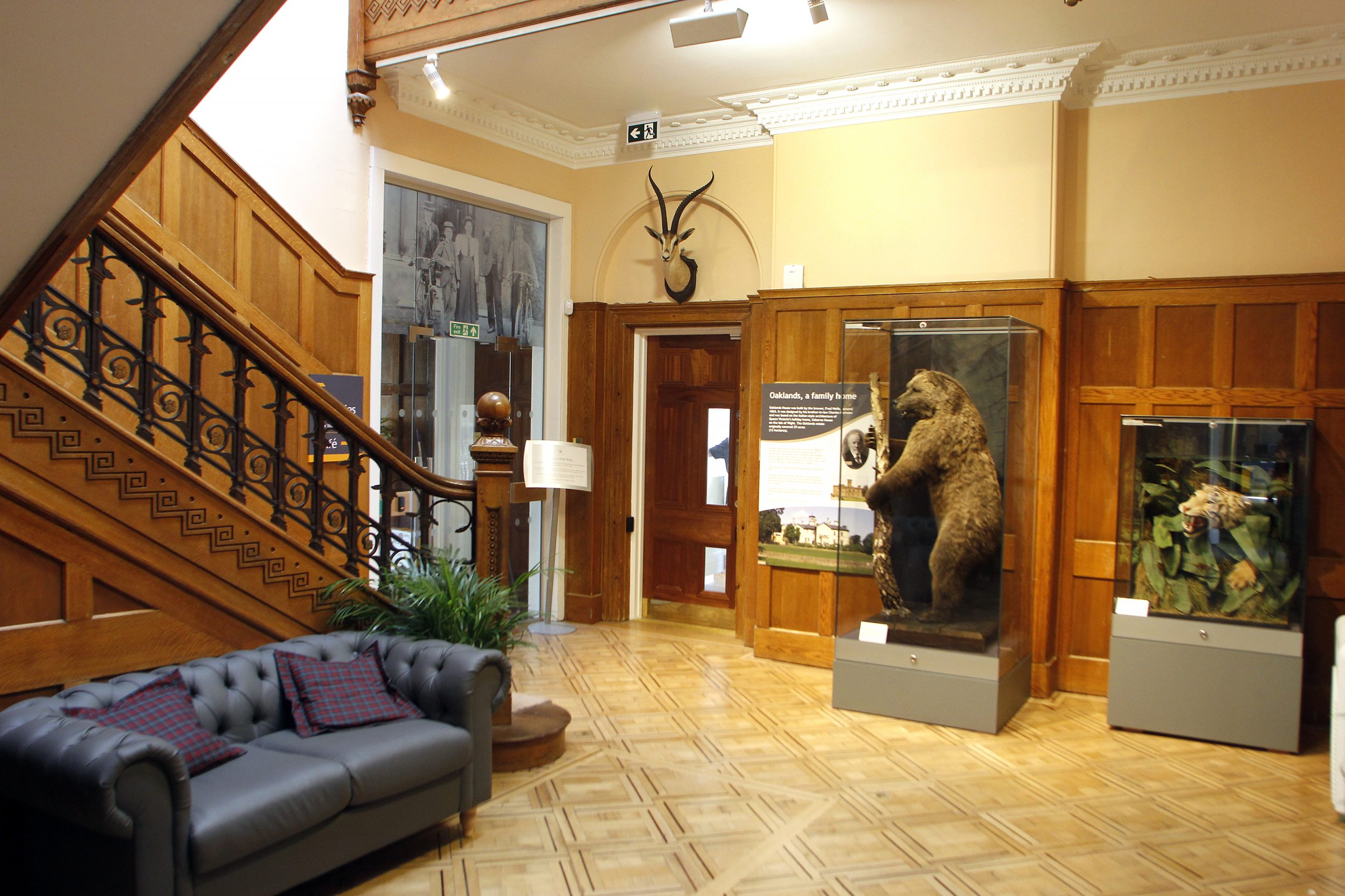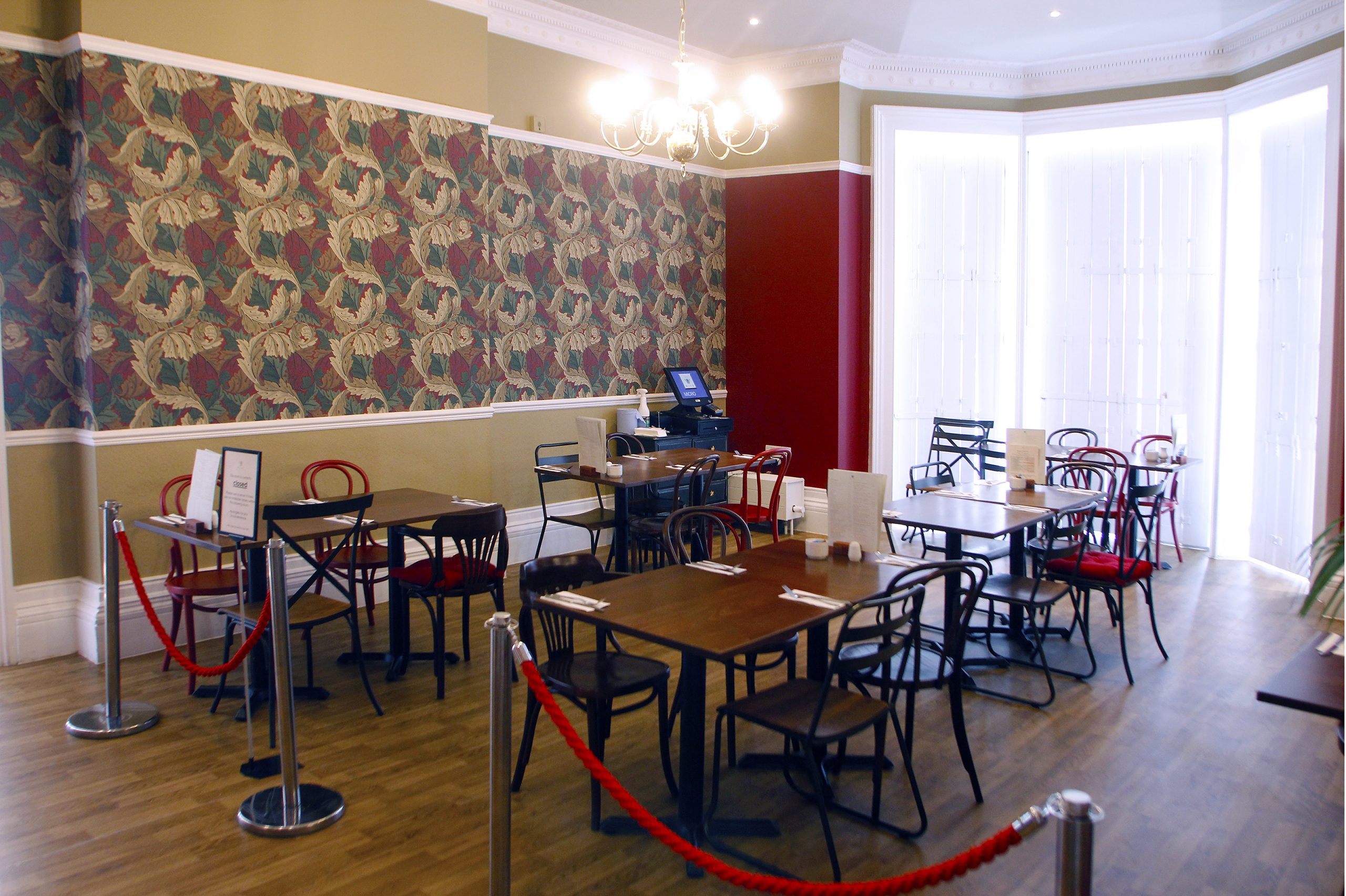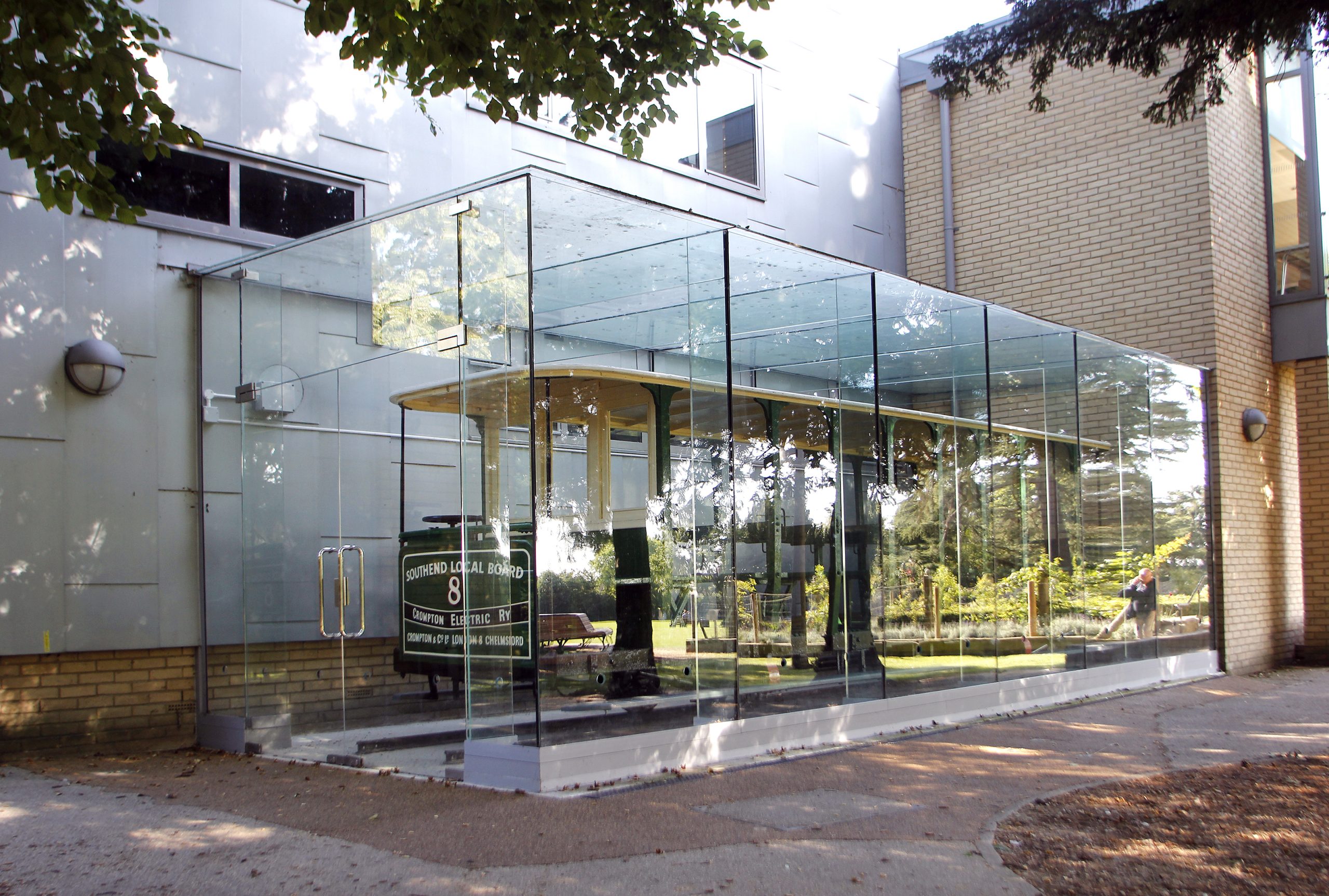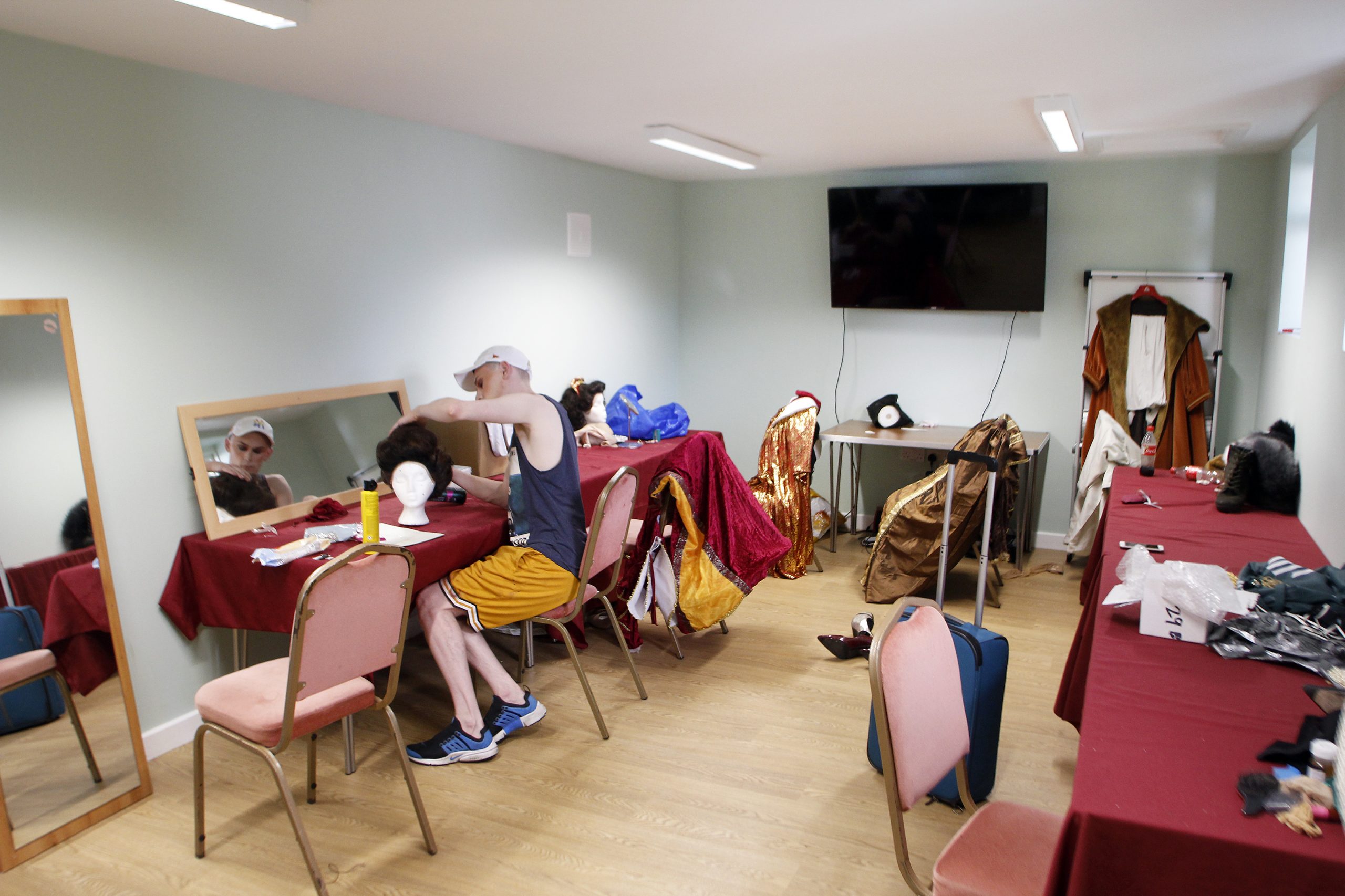The Chelmsford Museum is based in Oaklands House, an historic property off Mousham Street in Chelmsford. It is a Grade II Listed Building. The house was designed by Charles Pertwee for Frederick Wells, a director of Chelmsford Brewery, and completed by 1865. It was constructed with an elaborate campanile and went on to be used as a hospital during the First World War. Since 1930 the house has hosted the Chelmsford Museum.
What Did The Job Involve?
The City Council obtained National Lottery funding to renovate the Victorian section of the museum and provide a new café area. In addition the project included the construction of a new outdoor glass display for a Southend Pier train carriage, extension of the car park and refurbishment and extension of the old ‘Bothy’.
Works inside the Victorian building included the renewal and improvement of services including ventilation, repairs to the fabric and creation of new openings for external access. New toilets and washing facilities were provided as well as the new café and kitchen area. Externally new accessible ramps were constructed and an external patio area created outside the café.
What Were The Challenges?
Challenges on the project included the fact that the museum and grounds remained open throughout. A new water main was bored underground without disturbance to the existing entrance. The carpark was extended and bin store constructed whilst maintaining the existing spaces. Internally the building required sympathetic treatment where features such as the ornate staircase, cornices and doors were protected and retained.
The ‘glass box’ was designed and installed by our specialist and was required to provide weather protection and sufficient ventilation to protect the carriage, whilst at the same time connecting into the new extension Rheinzinc cladding panels. This was achieved without removing the facade of the existing building.
Beardwell’s Added Value
As the museum stayed open during the project, we had to work closely with both the City Council and staff at the museum to coordinate the works around ongoing operations.To help with this we carefully segregated our works from the open areas of the museum and installed clear signage directing site staff and visitors to the relevant routes and entrances.
